If you're looking to target the upper back and shoulders with a precise, effective movement, the reverse pec deck fly is an excellent exercise to incorporate into your routine. Known by many names, including the reverse pec fly, pec deck rear delt, and rear delt fly on pec deck, this exercise focuses on the rear deltoids and upper back muscles, helping to balance shoulder strength and improve posture.
What Is the Reverse Pec Deck Fly?
The reverse pec deck fly (sometimes referred to as reverse pectoral fly or rear pec deck fly) is an isolation exercise performed on a pec deck machine, designed specifically to target the rear deltoids (shoulder muscles) and the upper back, including the traps and rhomboids. This exercise involves a reverse fly motion, which works the muscles in a way that traditional presses or front-dominant movements cannot.
Muscles Worked by the Reverse Pec Deck Fly
When performing the reverse pec deck fly, you're primarily engaging the following muscles:
- Rear Delts (Posterior Deltoids): The main target of the movement, the rear delts help create shoulder stability and a balanced shoulder profile.
- Rhomboids: These muscles are involved in retracting your scapula, providing essential support for your upper back.
- Trapezius (Traps): The upper traps also play a role in the reverse pec deck fly by stabilizing your shoulder blades and assisting in scapular retraction.
- Infraspinatus and Teres Minor: These smaller muscles of the rotator cuff contribute to shoulder joint stability during the movement.
How to Do the Reverse Pec Deck Fly
To properly execute the reverse pec fly on pec deck, follow these steps:
- Set up the machine: Adjust the seat height so that the handles are level with your shoulders.
- Position your arms: Grab the handles with your palms facing each other. Your elbows should be slightly bent, and your arms should be in line with your body.
- Perform the movement: Push the handles out and backward, keeping your arms at shoulder height. Focus on squeezing your shoulder blades together at the peak of the movement.
- Return slowly: Control the movement as you bring your arms back toward the starting position. Avoid letting the weights drop quickly to maintain tension on the muscles.
- Breathing: Inhale as you return to the starting position, and exhale as you press the handles backward.
Reverse Pec Deck Form
Maintaining proper form during the reverse pec deck fly is crucial to avoid injury and maximize effectiveness. Here are some tips for maintaining solid form:
- Keep a slight bend in your elbows throughout the movement.
- Engage your core to help stabilize your body.
- Don't overextend your arms; keep the movement smooth and controlled.
- Avoid using momentum to push the weights — focus on slow, deliberate movements to target the muscles properly.
Reverse Pec Deck Fly Variations
If you want to take your workout to the next level, consider these variations of the reverse pec deck fly:
- Rear Delt Pec Deck Flyes: This variation allows for slightly more shoulder abduction, further isolating the rear delts.
- Reverse Deck Pec Fly: By adjusting the machine, you can target different angles of the rear delts to enhance muscle engagement.
- Pec Deck Rear Fly: A slight twist in the setup or hand position can engage the muscles from a different angle, improving overall muscle activation.
Reverse Pec Deck for Rear Delts
One of the primary reasons people incorporate the reverse pec deck for rear delts into their workout routine is to improve shoulder health and aesthetics. By strengthening the rear deltoids, this exercise helps balance the anterior delts (front of the shoulders), which can often be overdeveloped due to pressing movements like the bench press. Strengthening the reverse pec deck rear delts helps prevent muscle imbalances that can lead to poor posture and even injuries.
What Does the Reverse Pec Deck Work?
The reverse pec deck fly muscles worked include the posterior deltoids, upper traps, rhomboids, and other muscles of the upper back. It’s an excellent exercise for those looking to develop a stronger, more defined upper back and shoulder area.
Benefits of the Reverse Pec Fly Machine
Using the reverse fly machine provides a controlled and guided environment for performing the reverse fly pec deck exercise. The machine helps you maintain consistent form and ensures that you're targeting the correct muscles. It's an excellent alternative for individuals who struggle with free-weight movements or are new to resistance training.
Incorporating Reverse Pec Deck into Your Routine
Whether you're a seasoned athlete or just beginning your fitness journey, the reverse pec fly machine is a must-try exercise for building upper back strength. To see the best results, incorporate the reverse pec deck for rear delts into your workout routine 2-3 times per week. As with any exercise, consistency and proper form are key to seeing the full benefits of the reverse pec deck fly.
Reverse Pec Deck Fly Tips:
- Don’t rush the movement—take your time during both the concentric and eccentric phases.
- Adjust the machine to fit your body to ensure proper form.
- Pair the reverse pec fly with other back exercises to ensure balanced muscle development.
Conclusion
The reverse pec deck rear delt fly is a powerful movement for anyone looking to target their rear delts and improve shoulder health. Incorporating this exercise into your training program will help you develop a more balanced and strong upper body, enhance posture, and reduce the risk of shoulder injuries. Whether you call it the pec deck rear fly or the reverse pectoral fly, this exercise is a valuable addition to any fitness regimen.


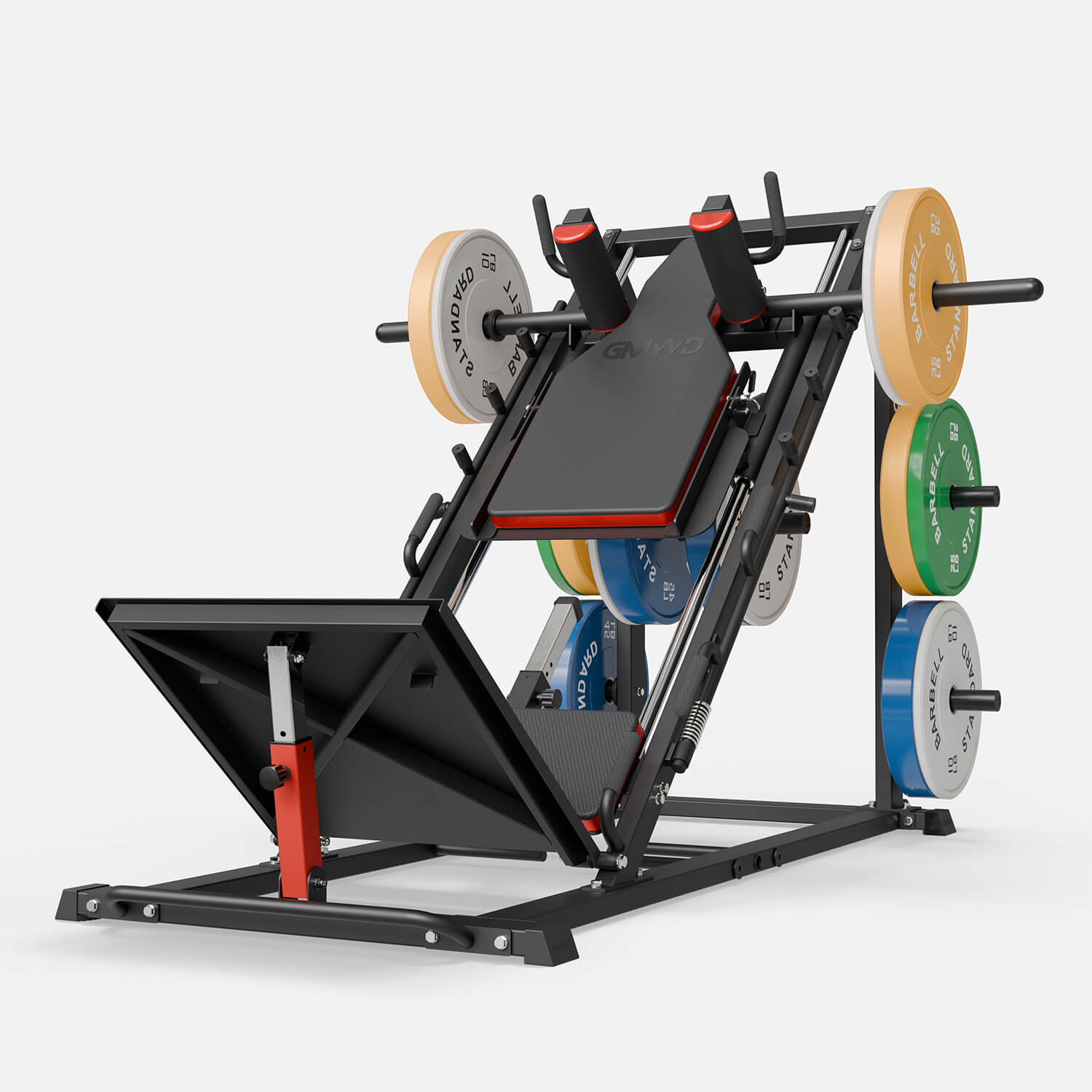
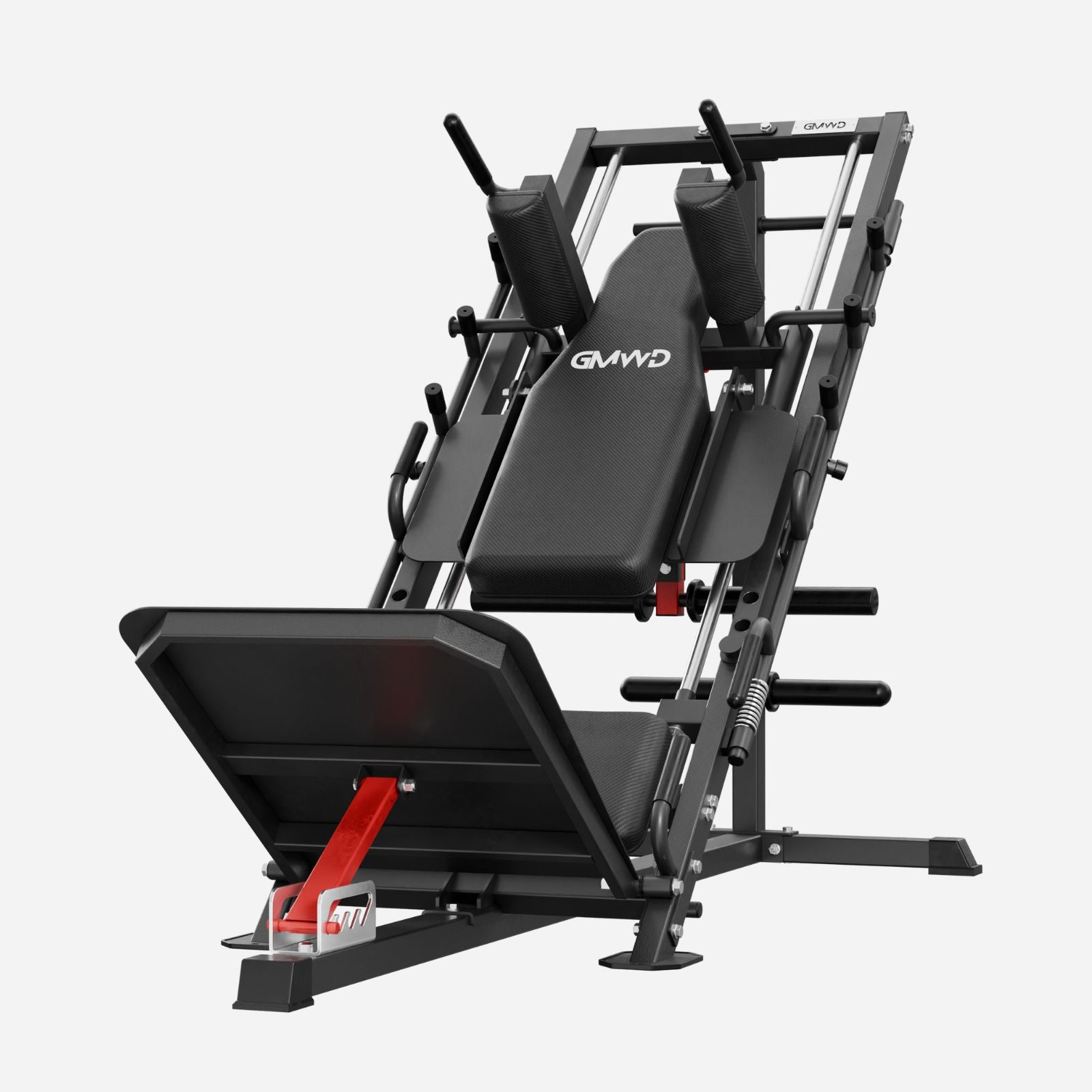
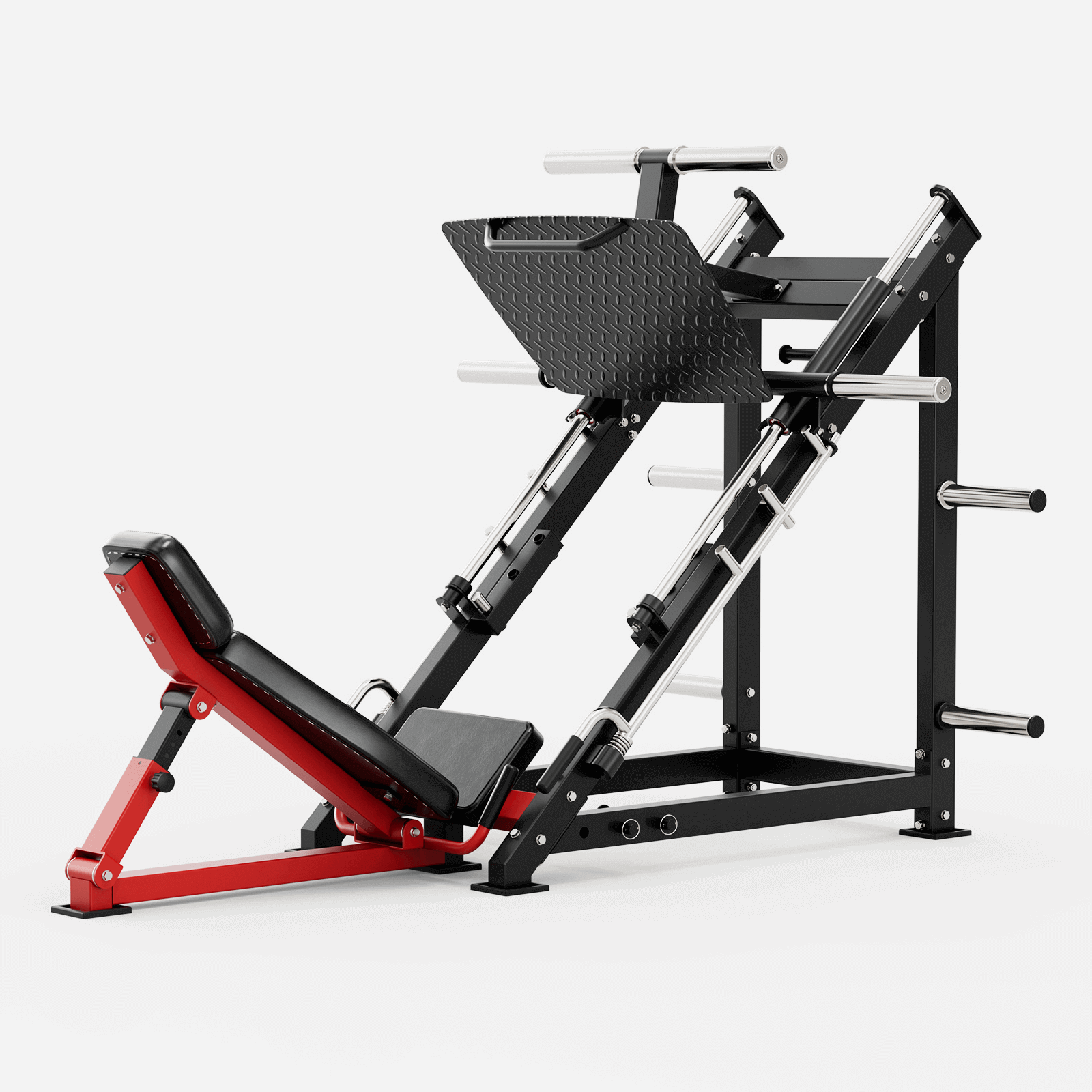
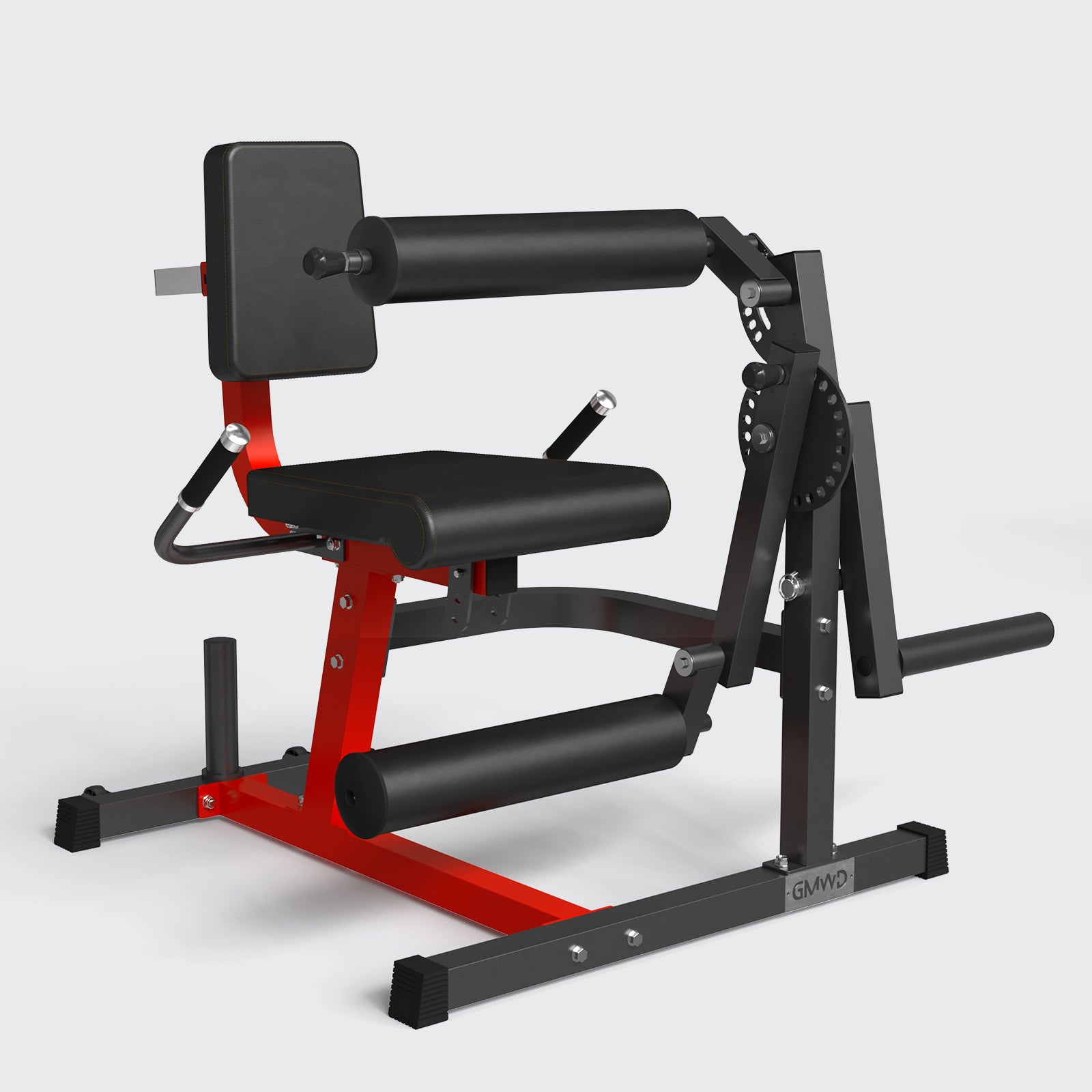
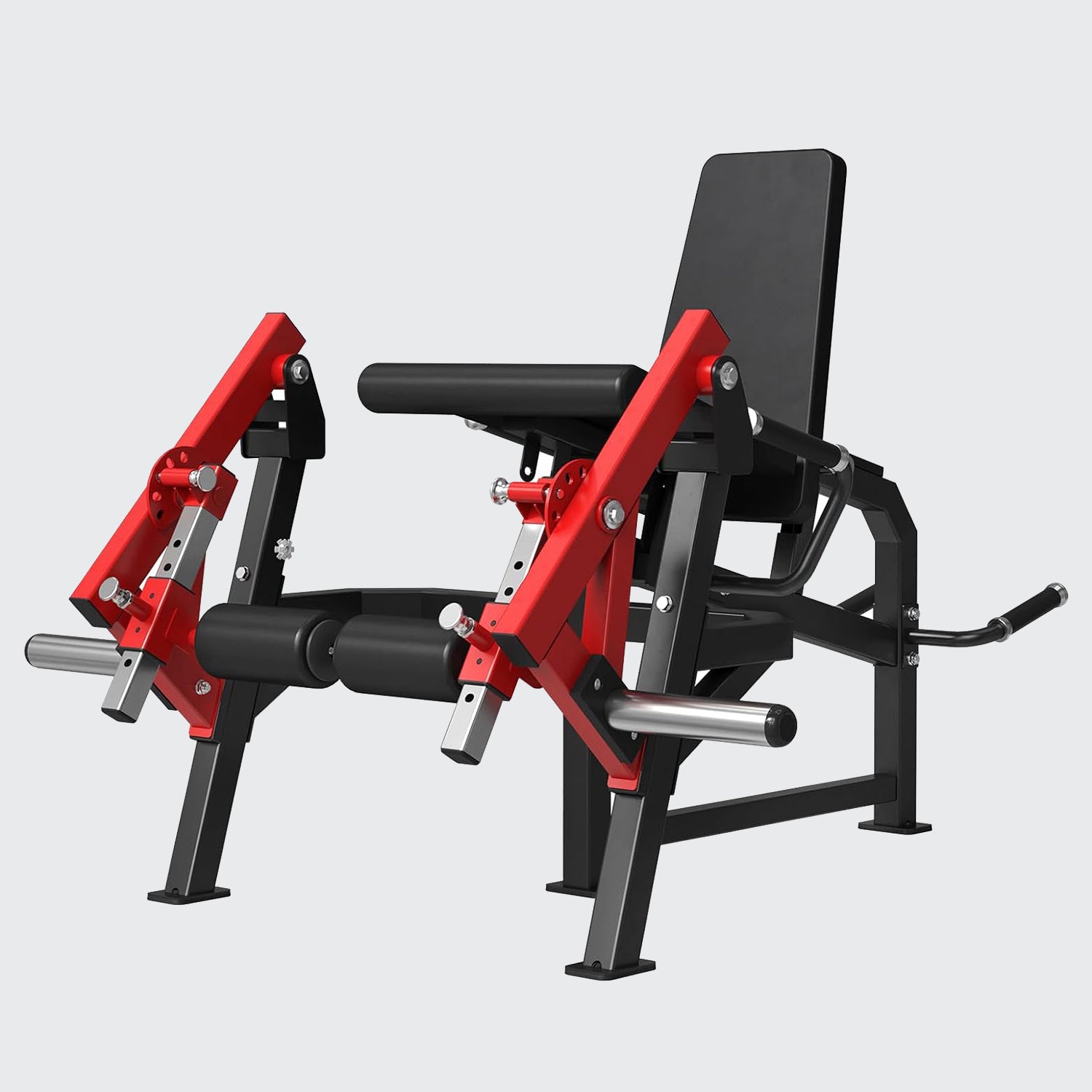
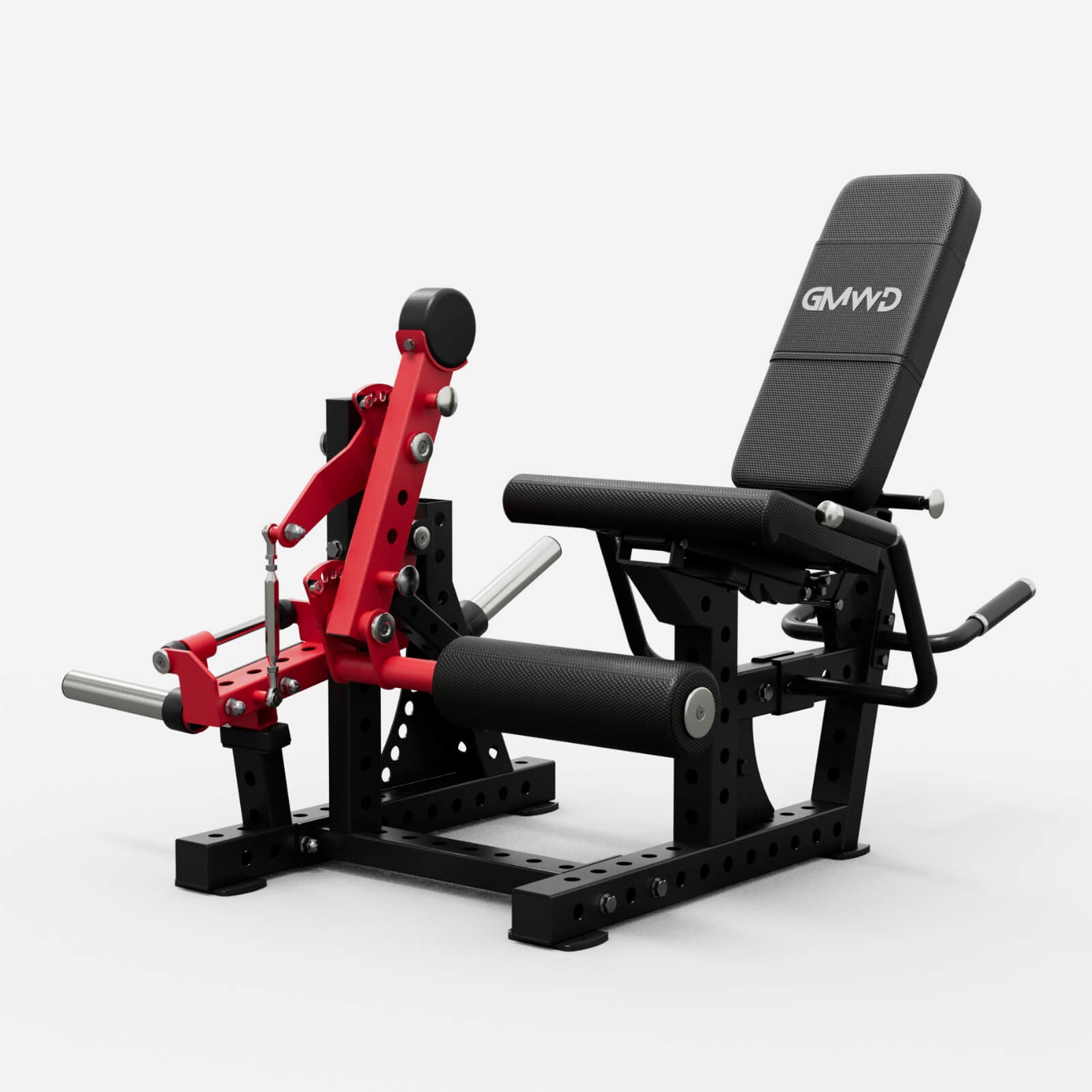
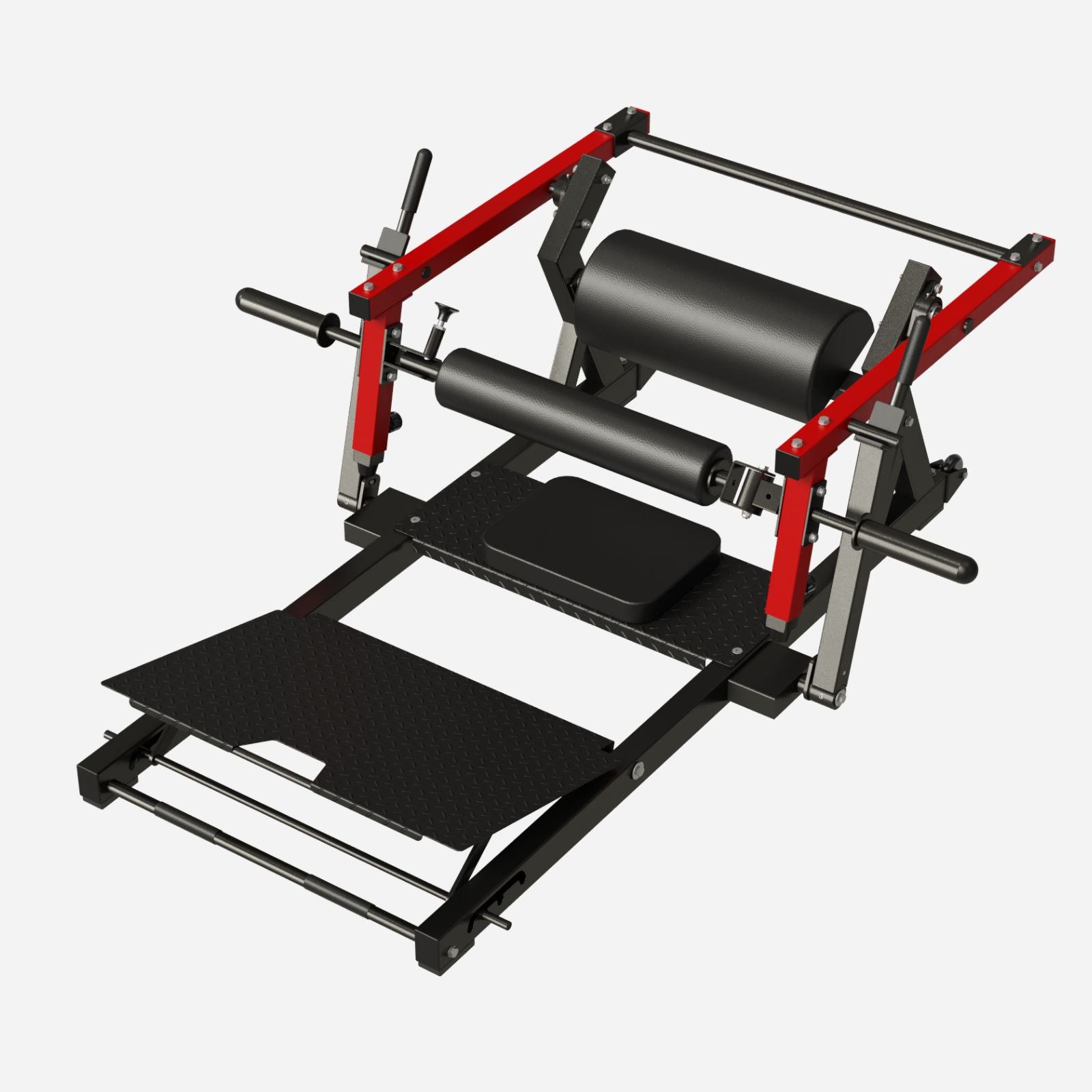
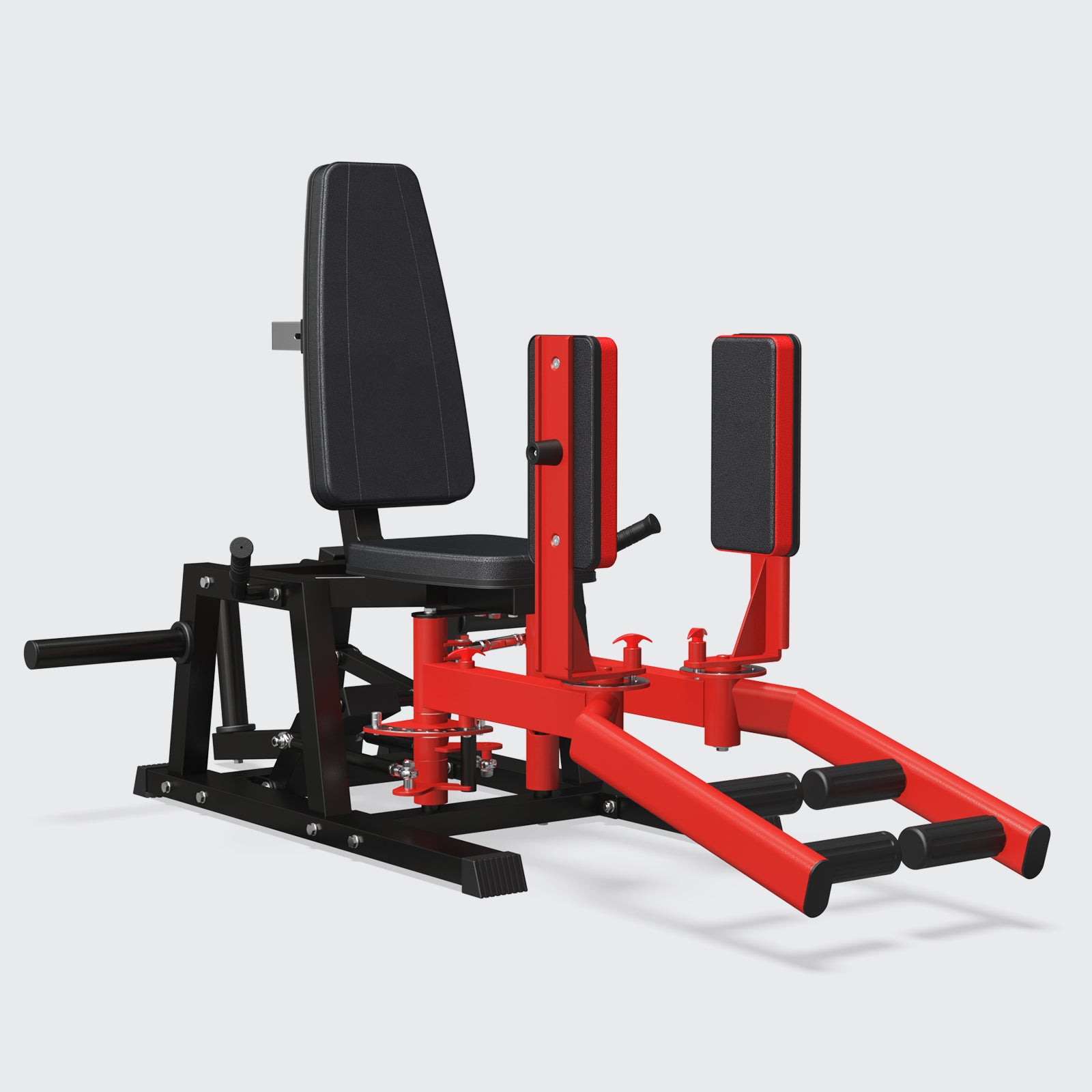
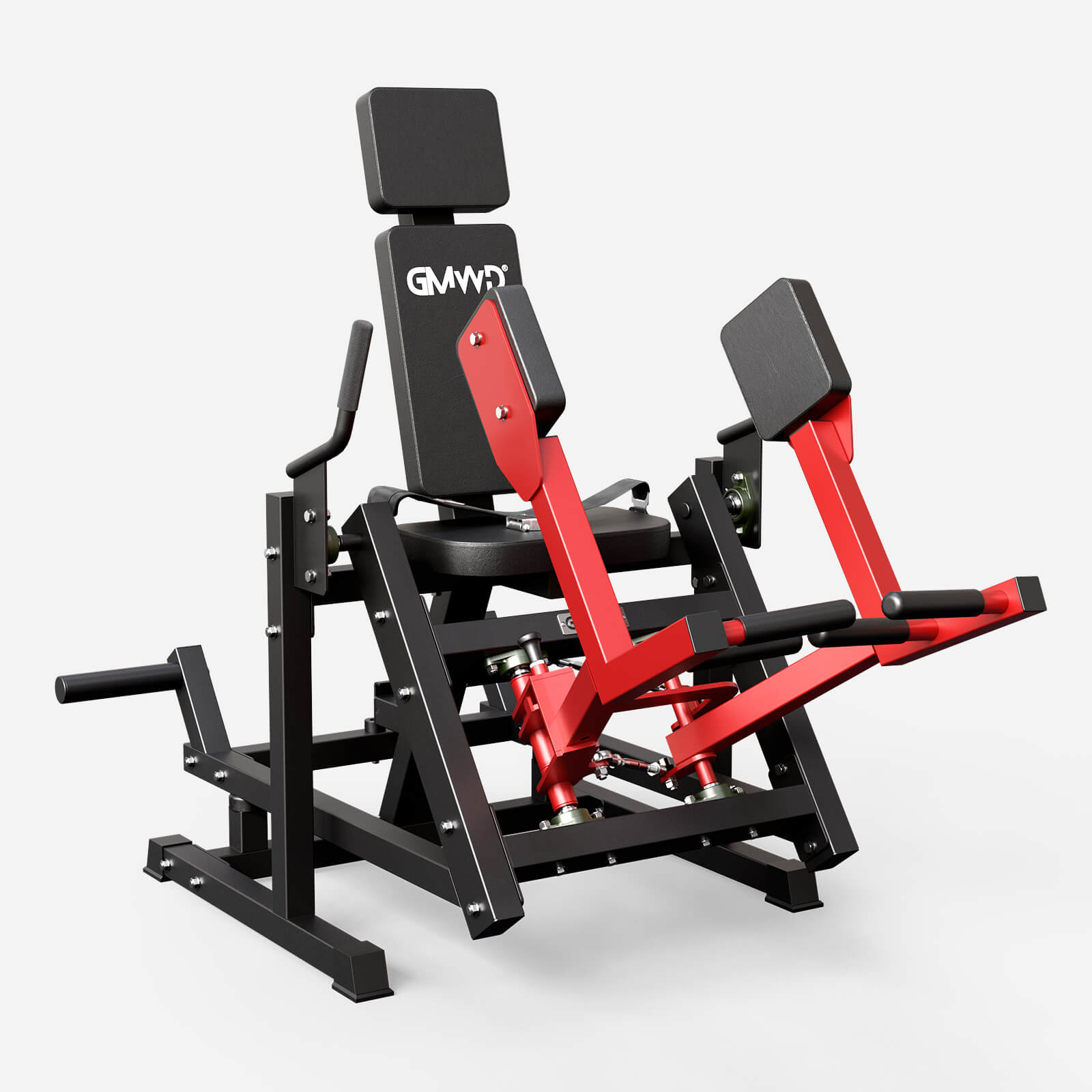
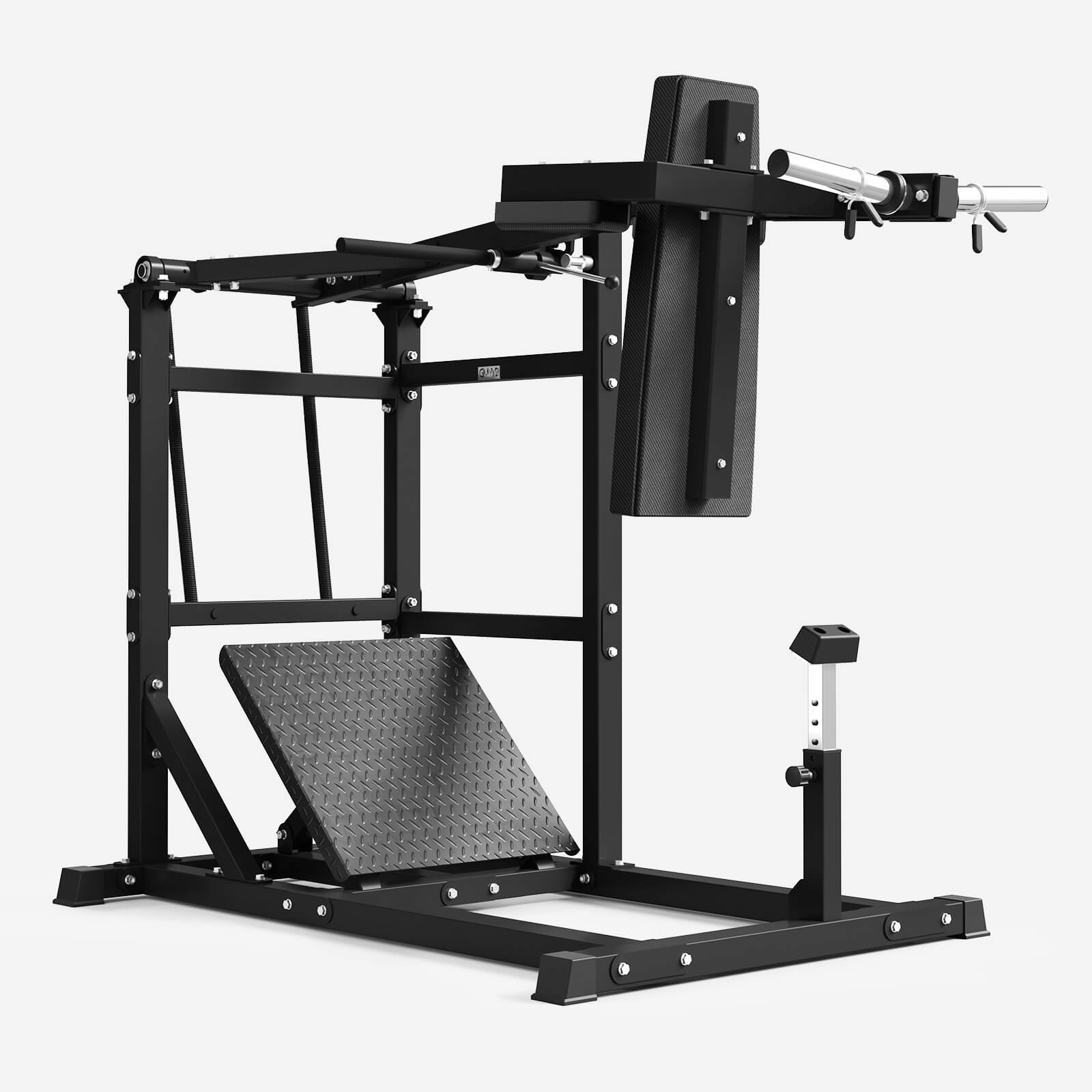
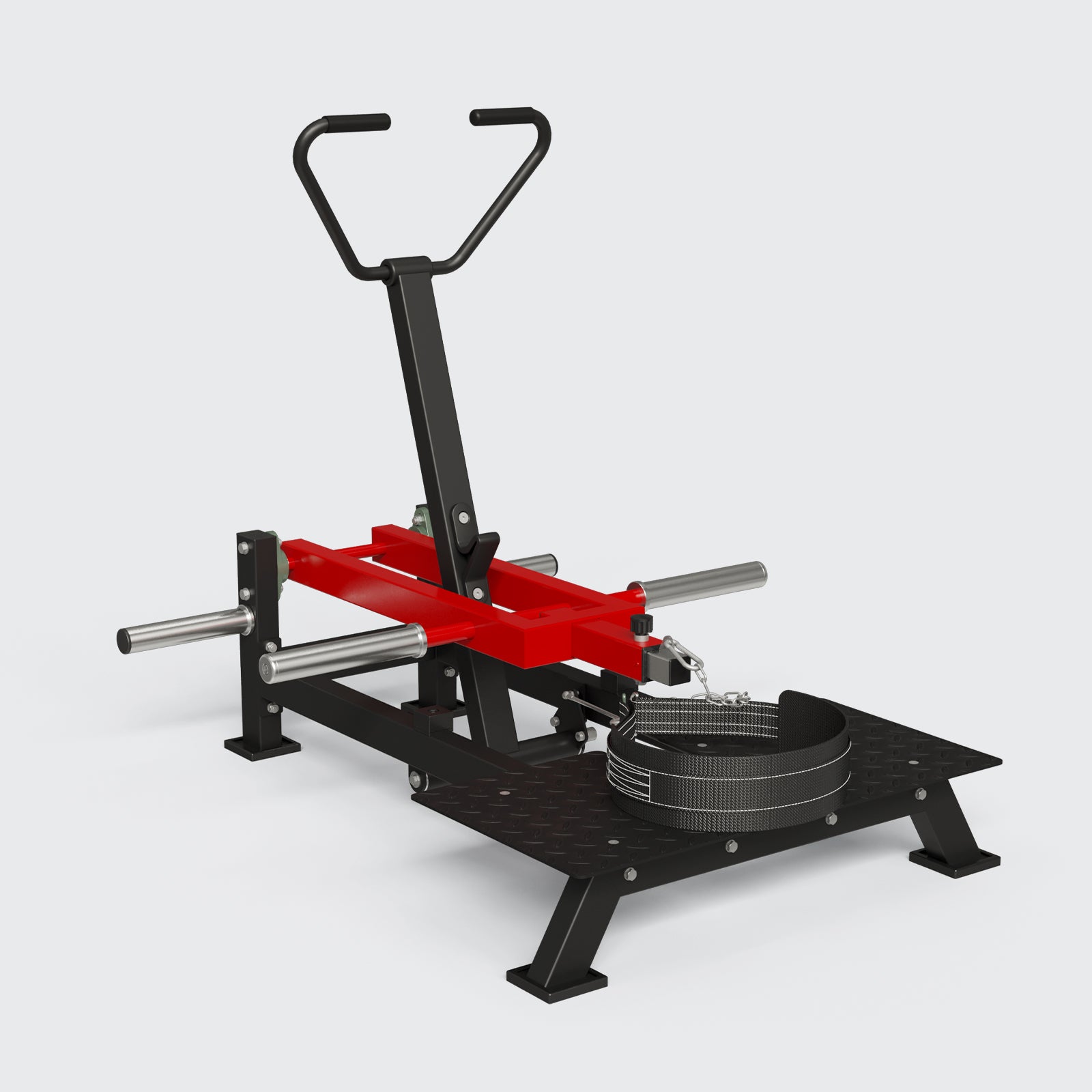
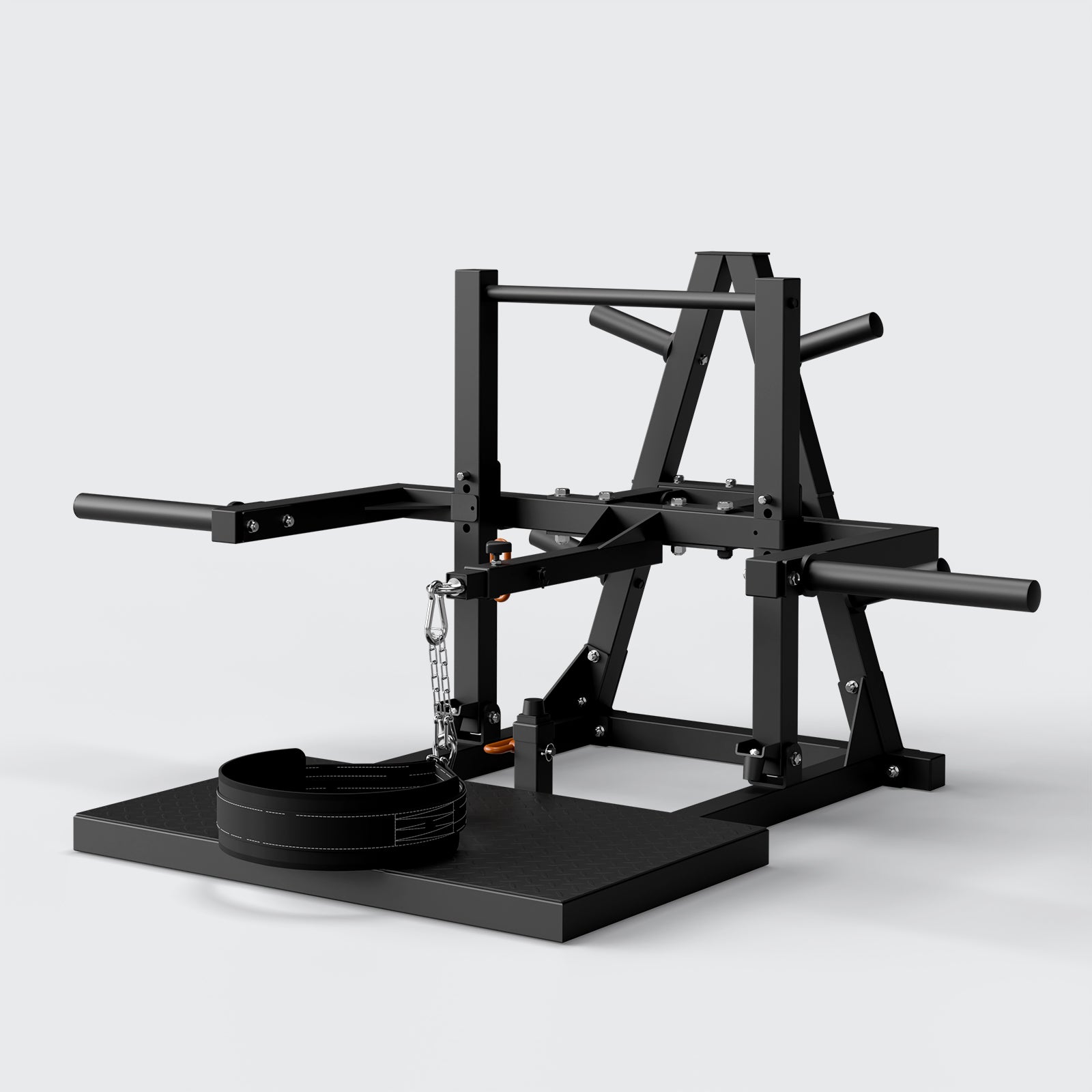
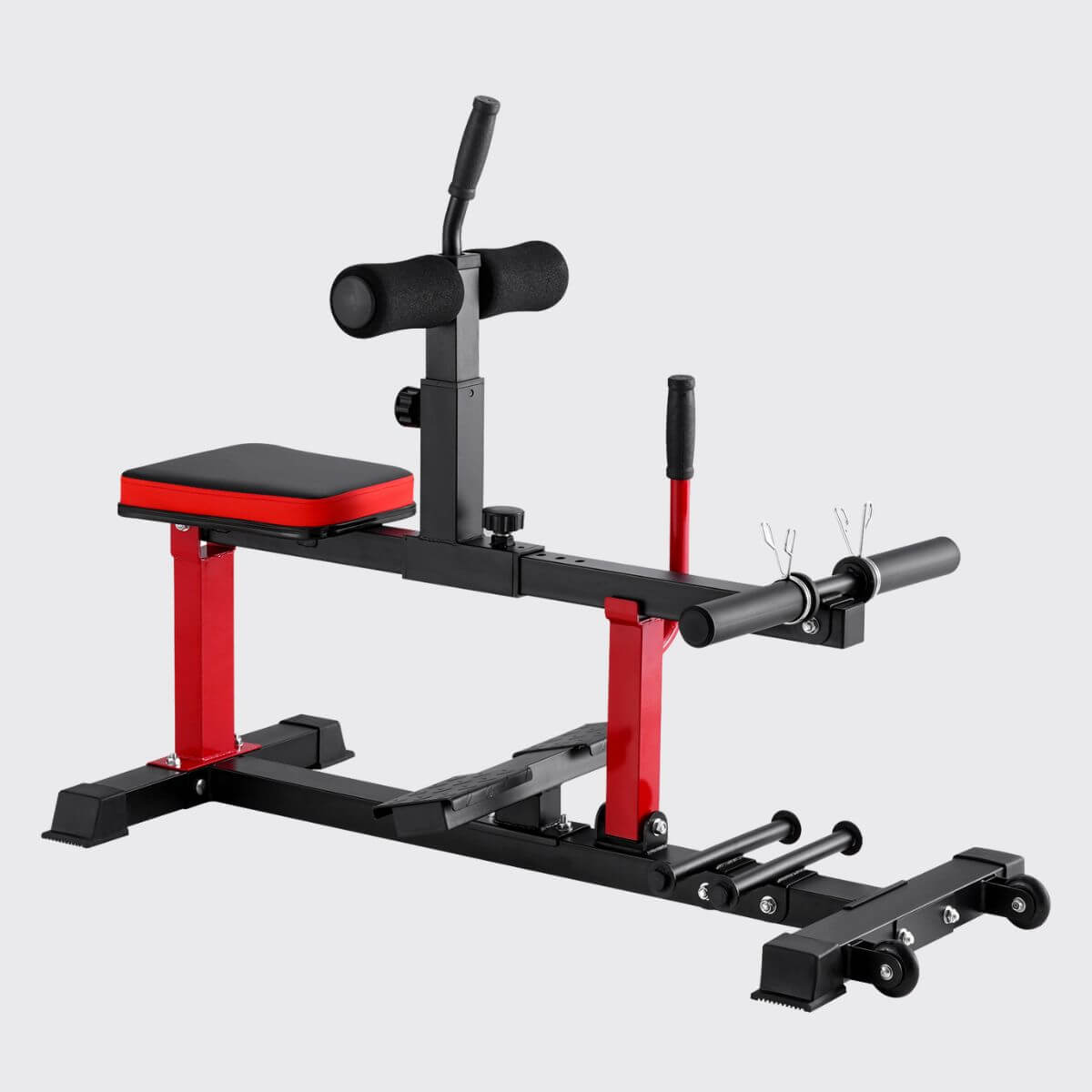
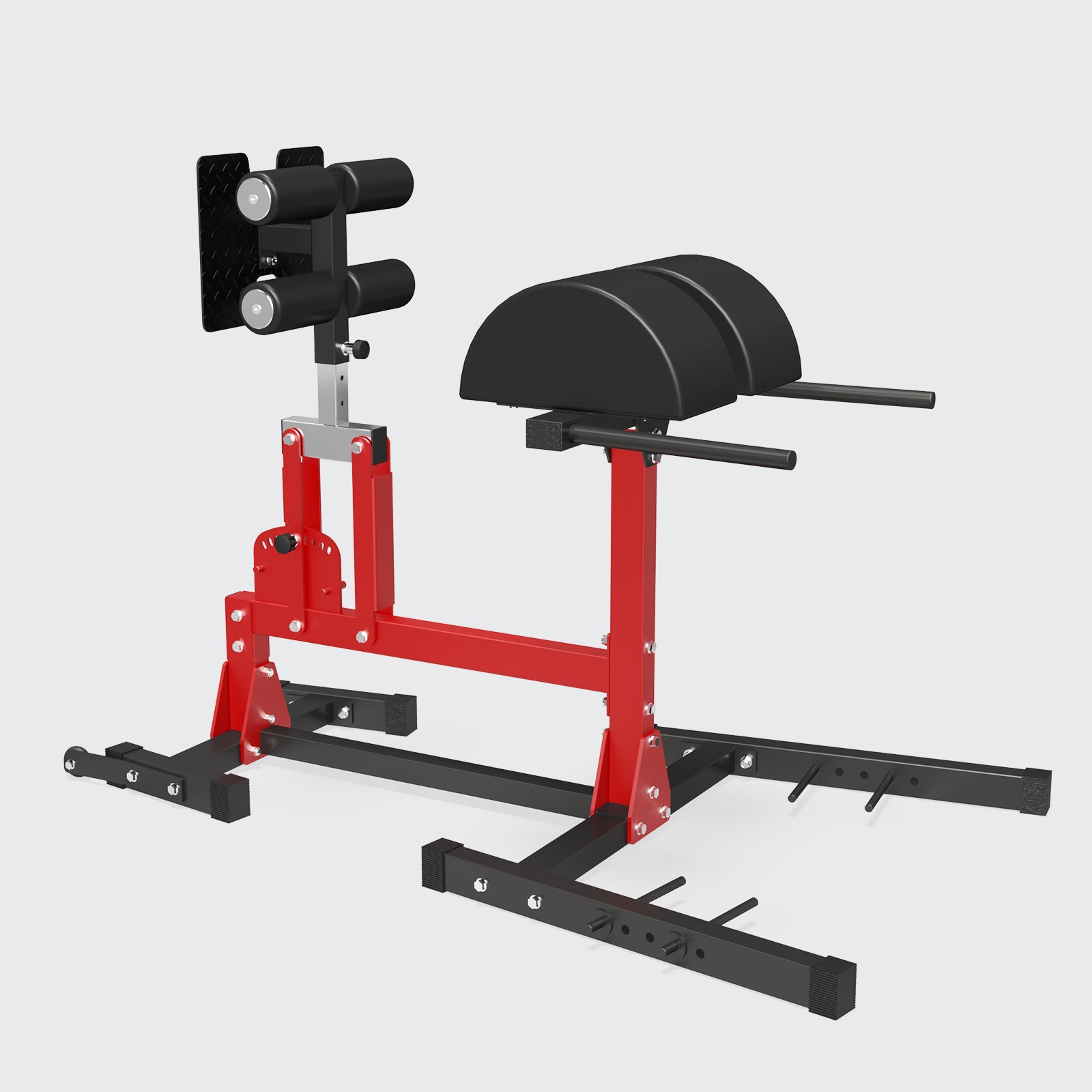
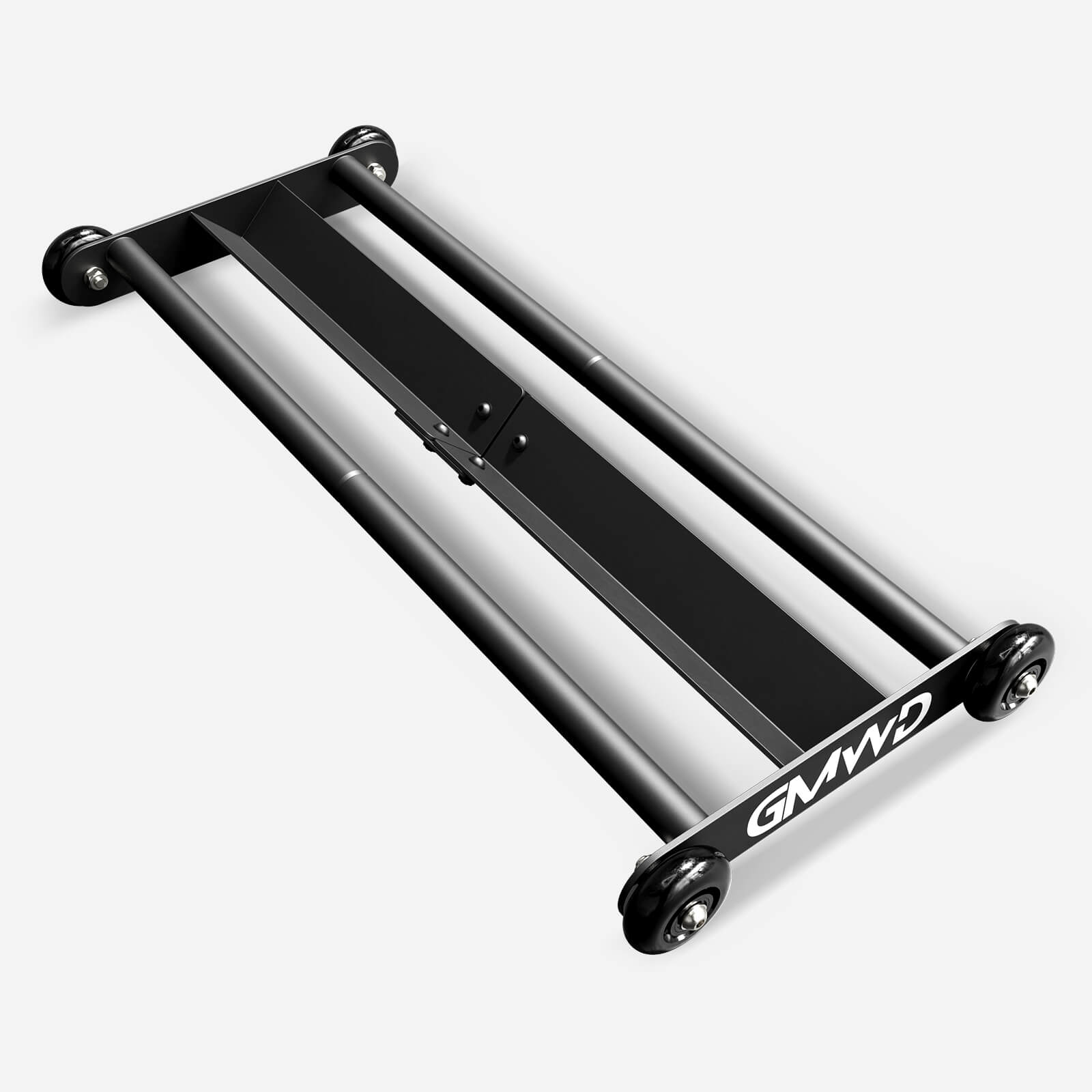
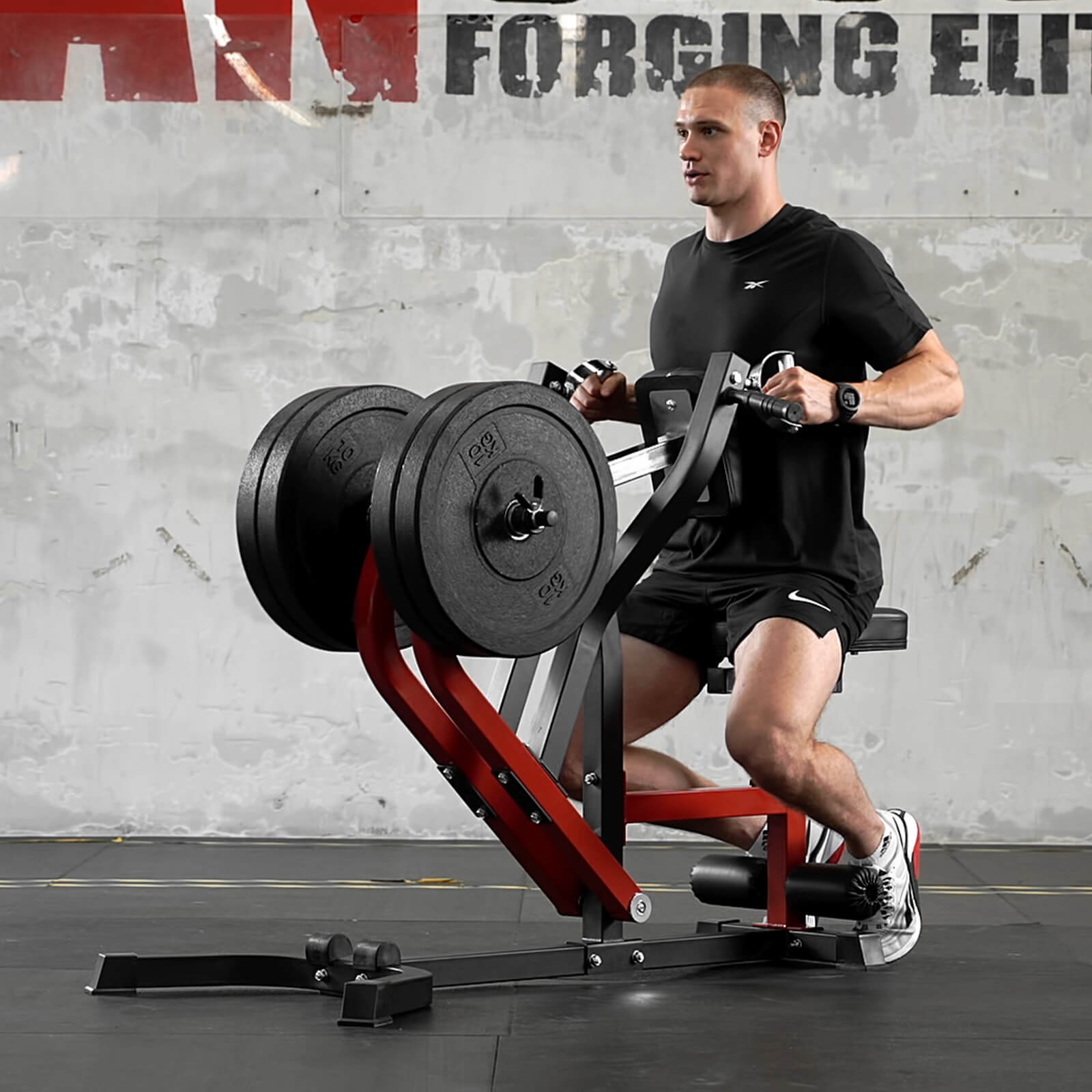
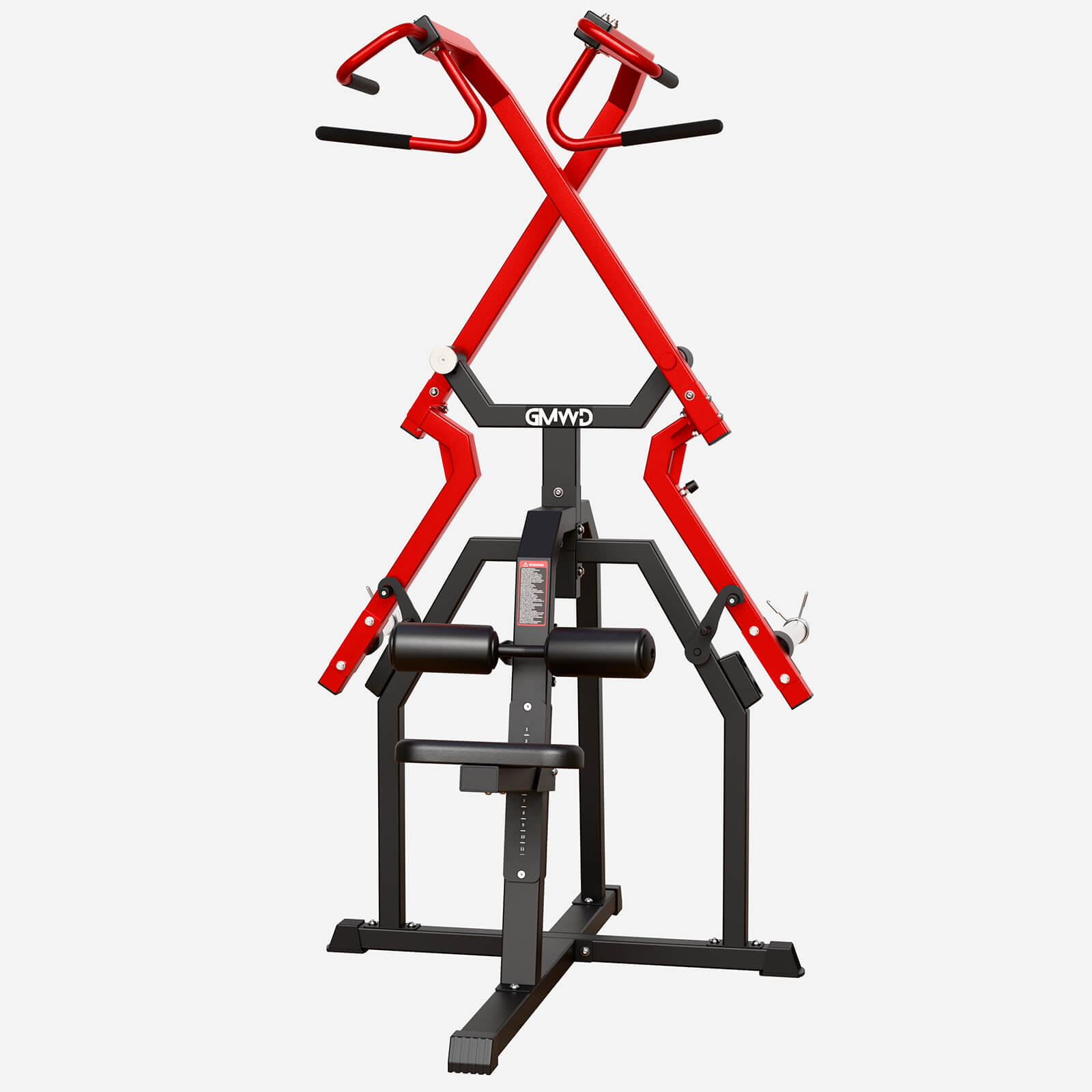
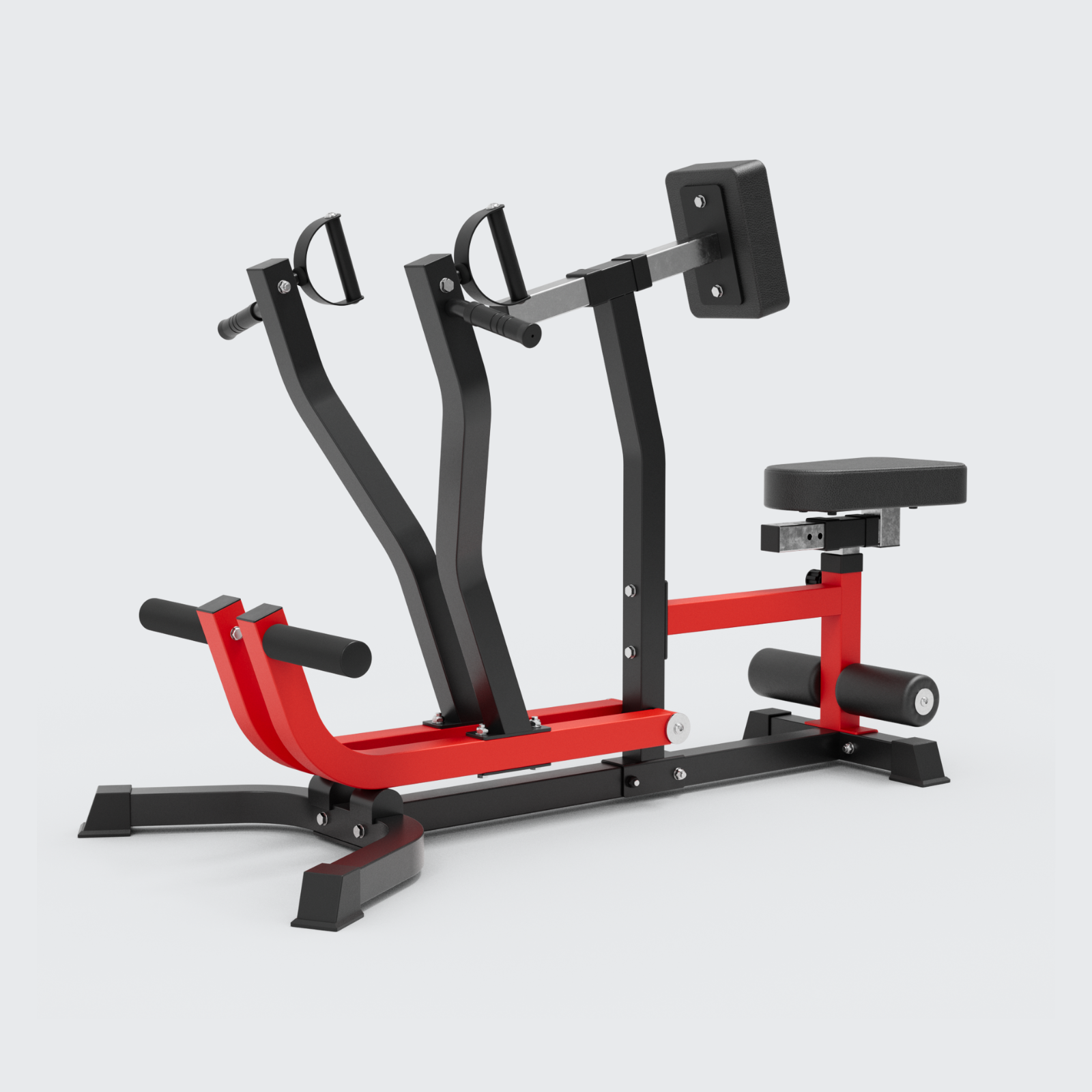
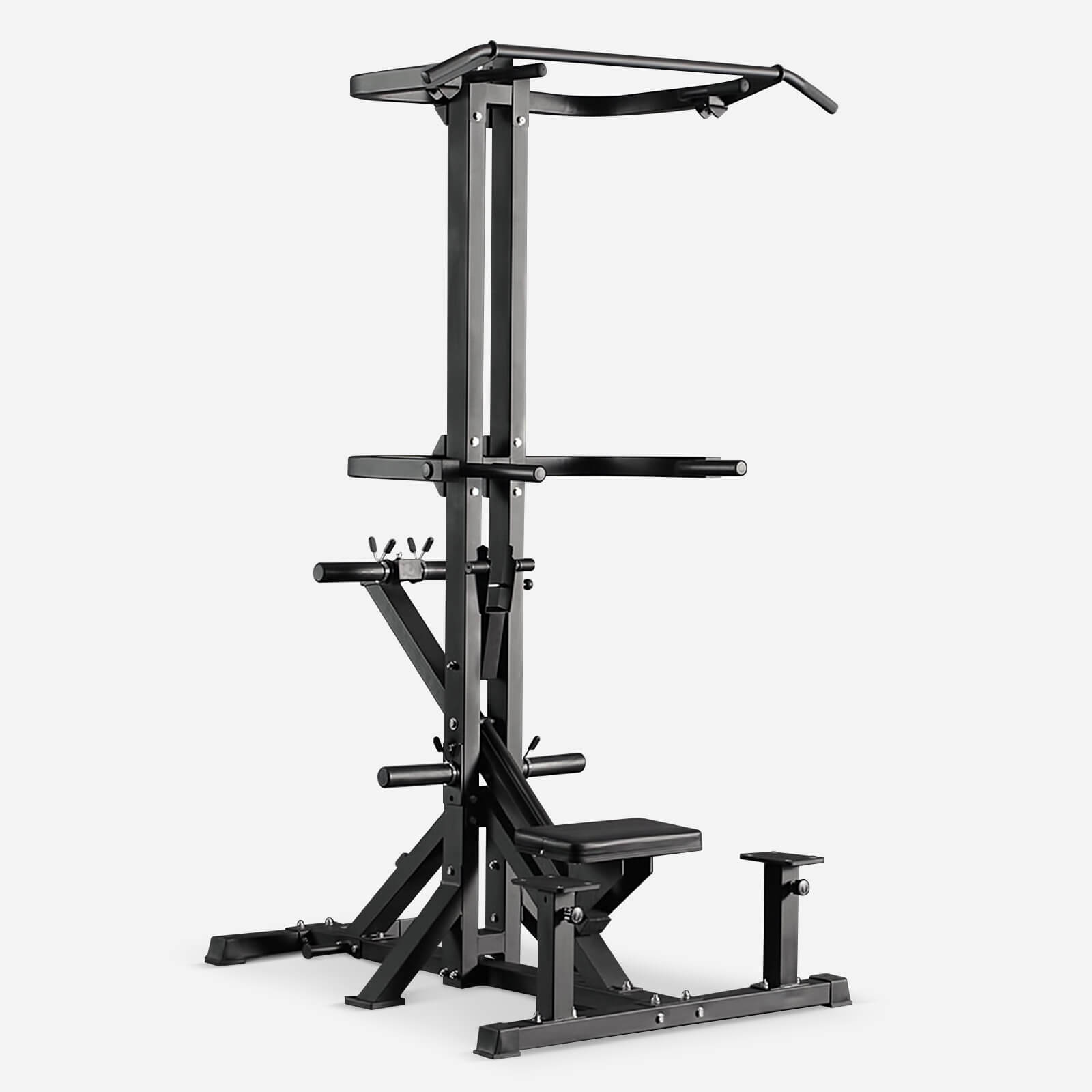

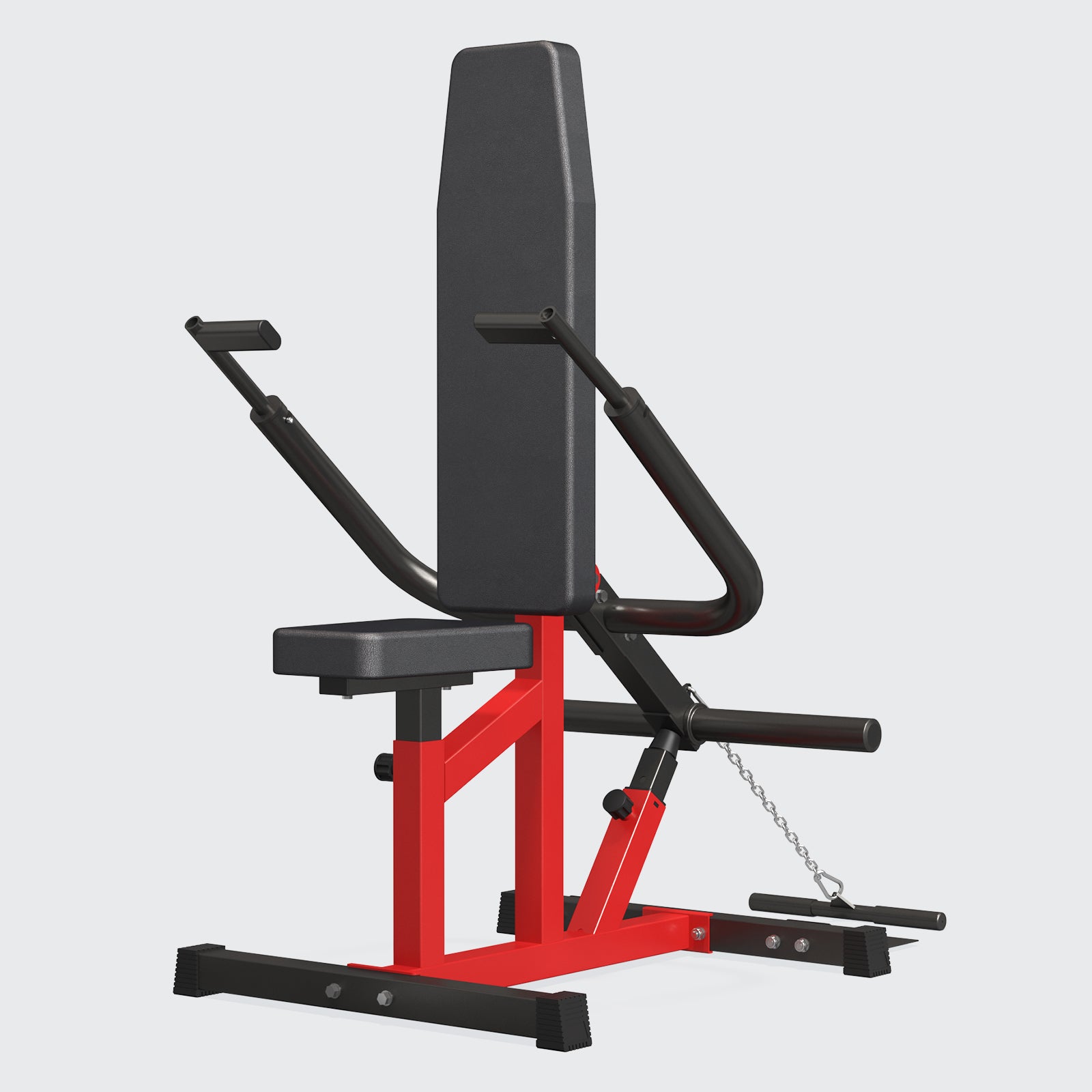
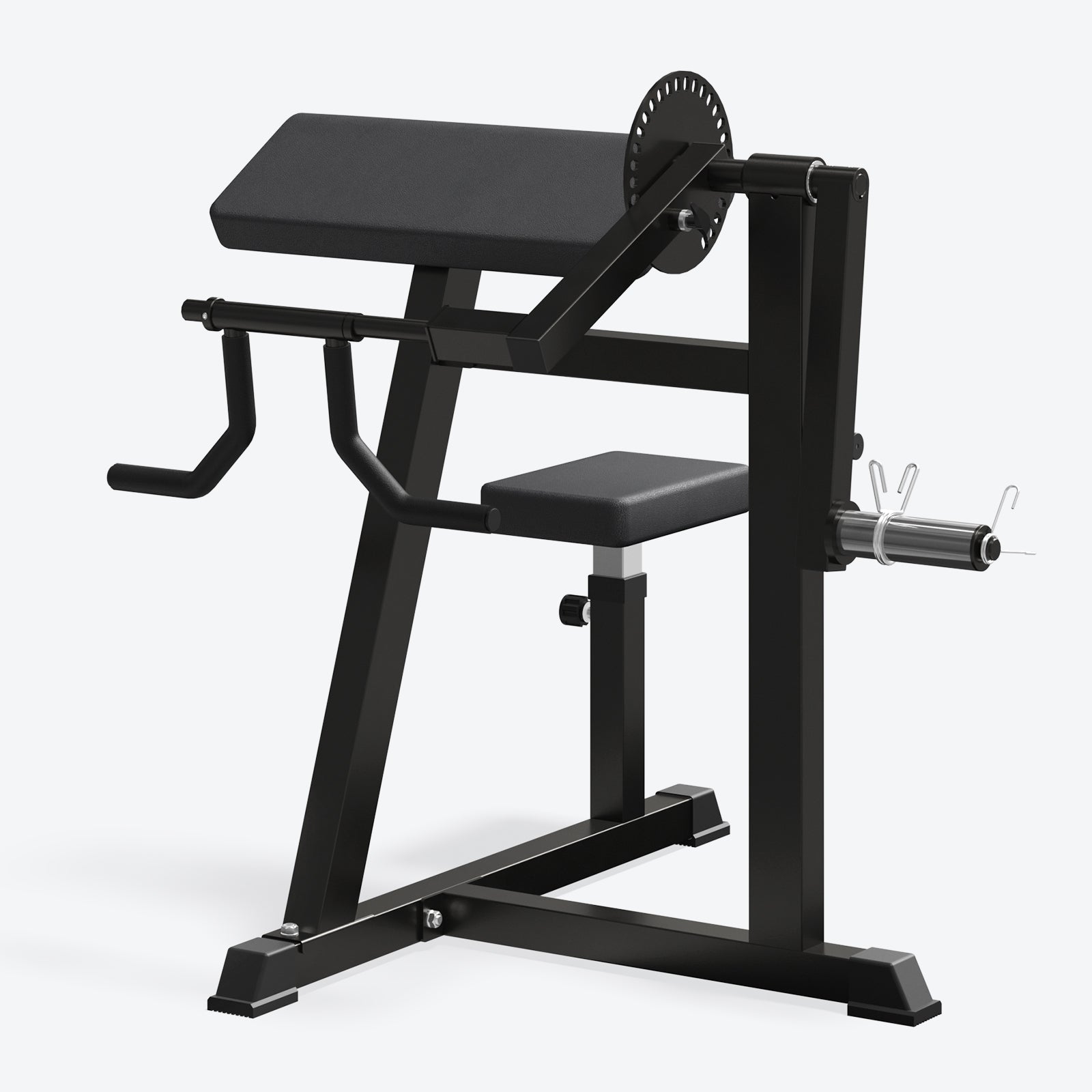
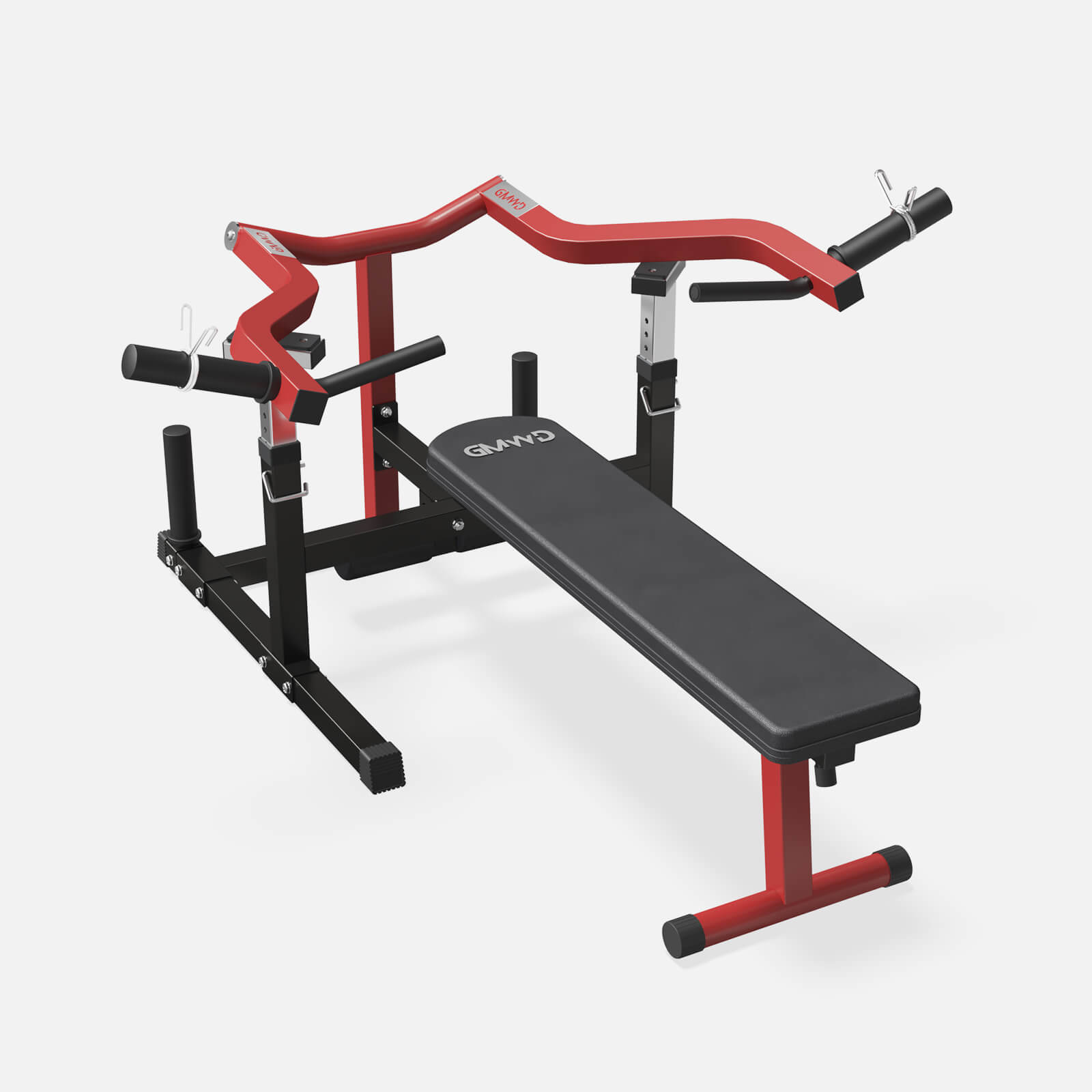
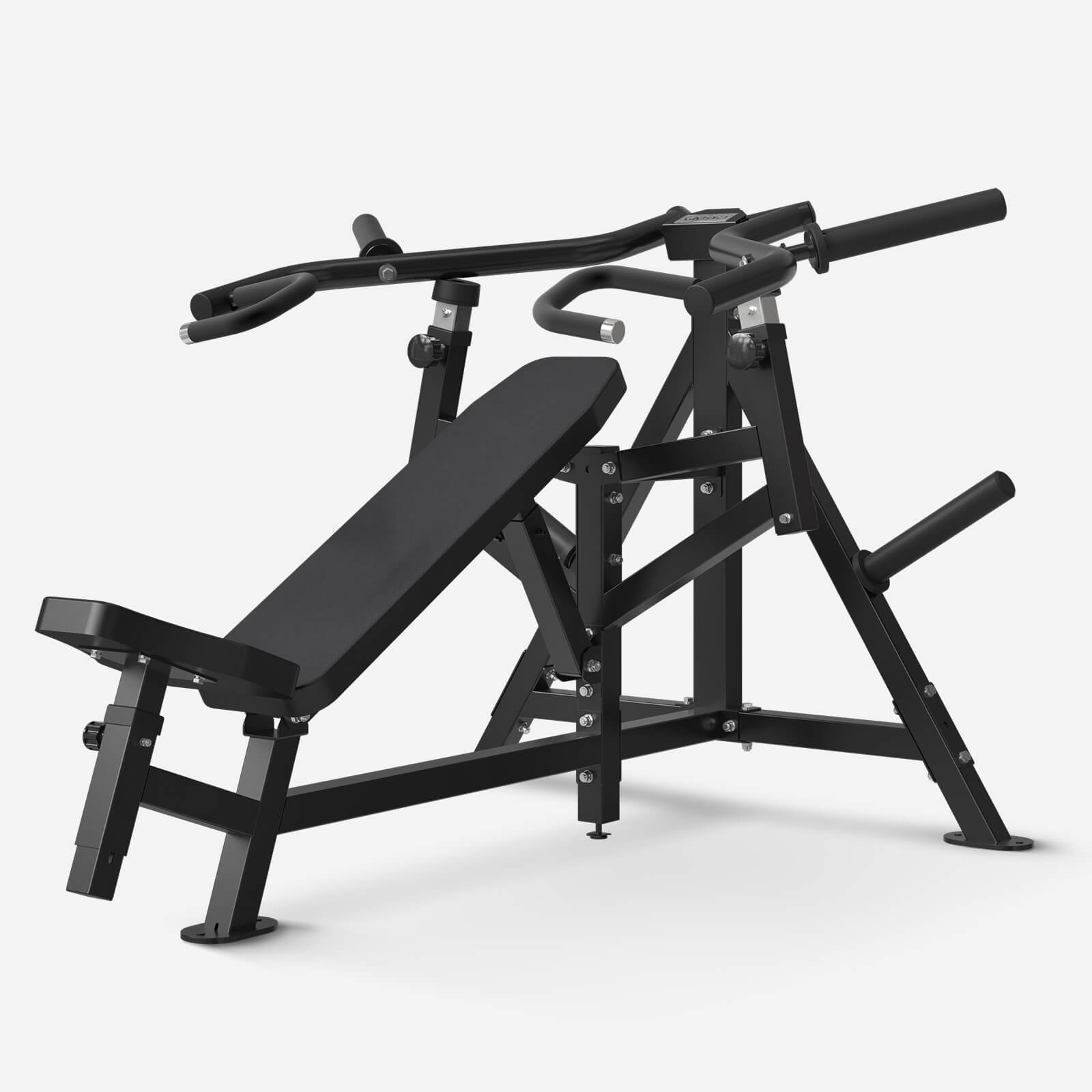
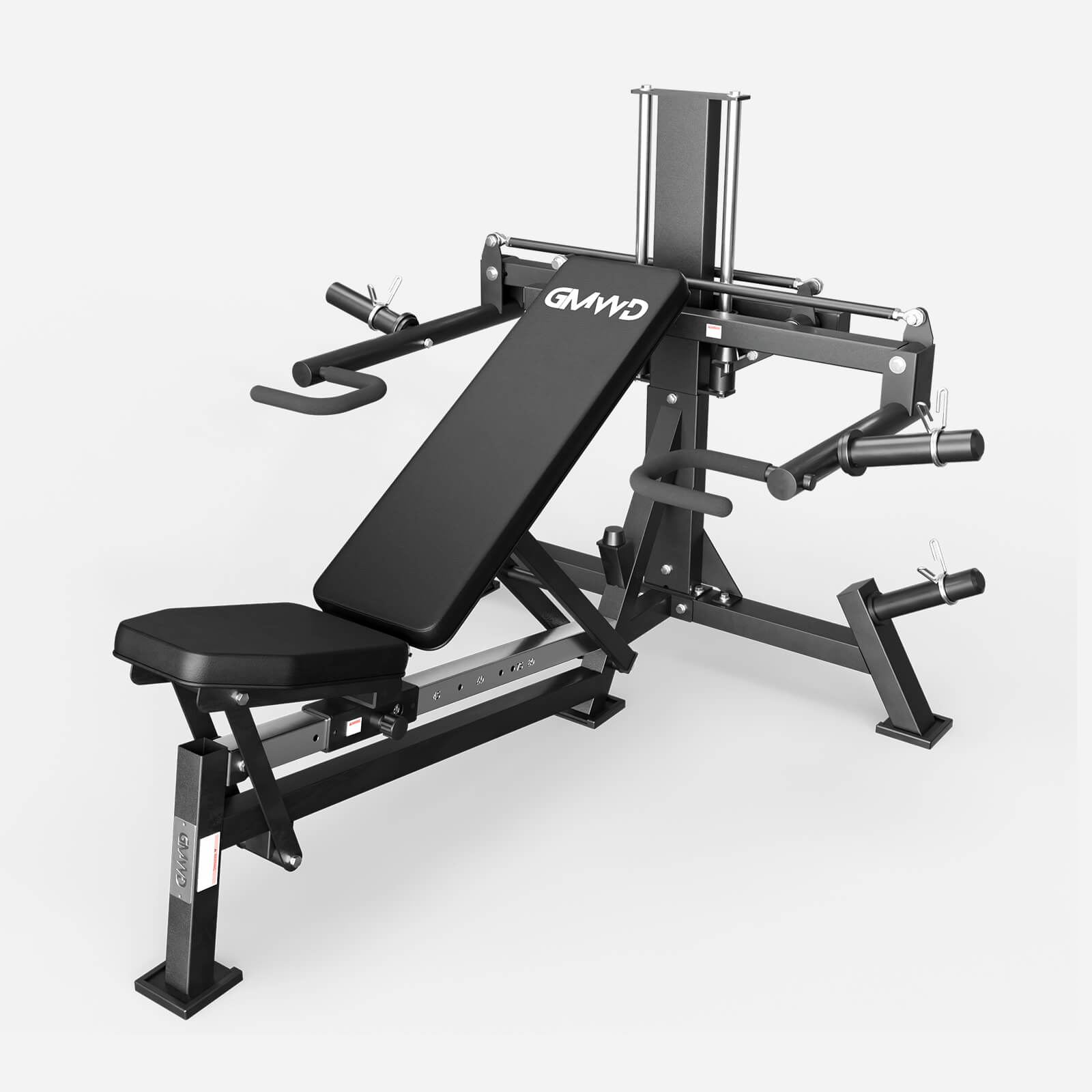
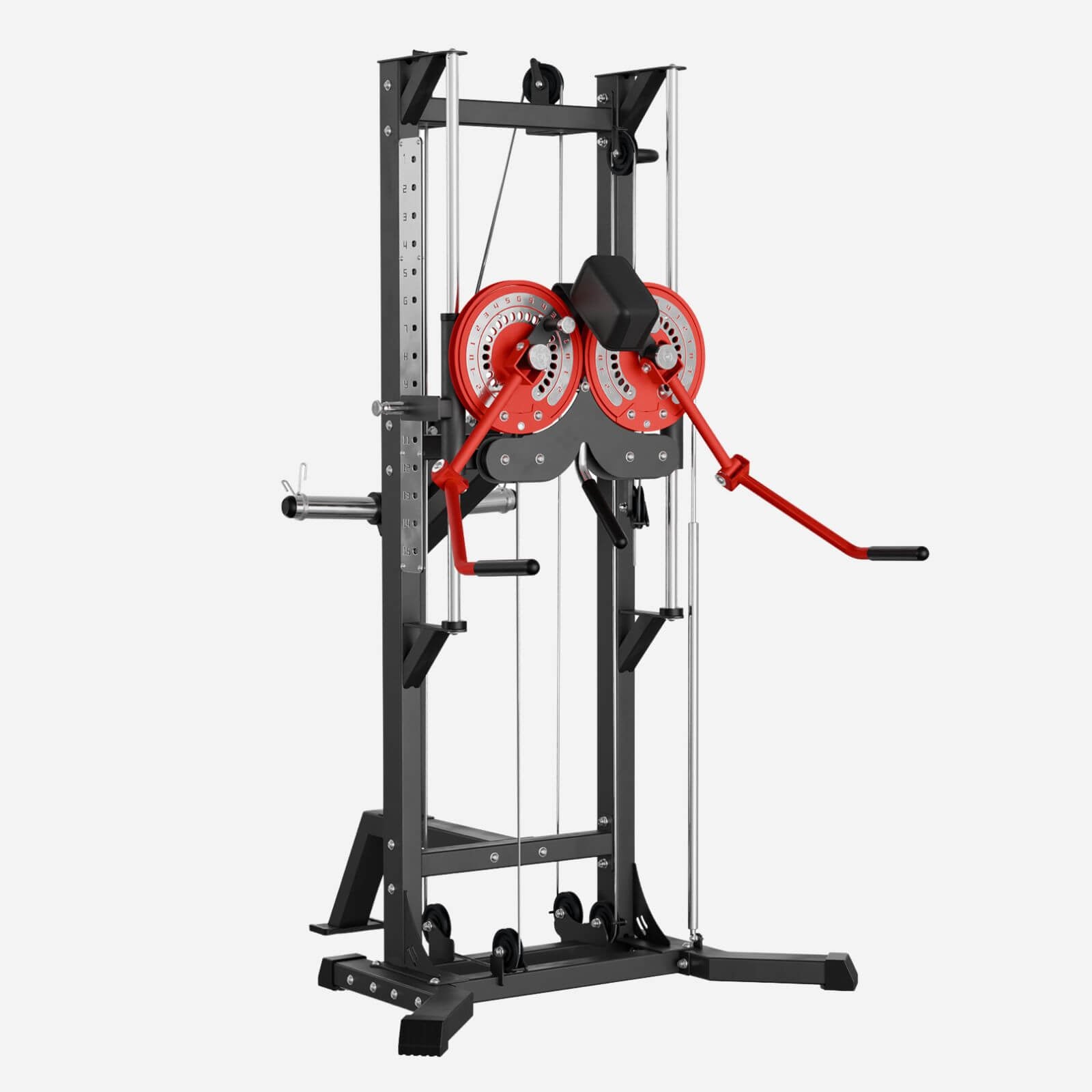
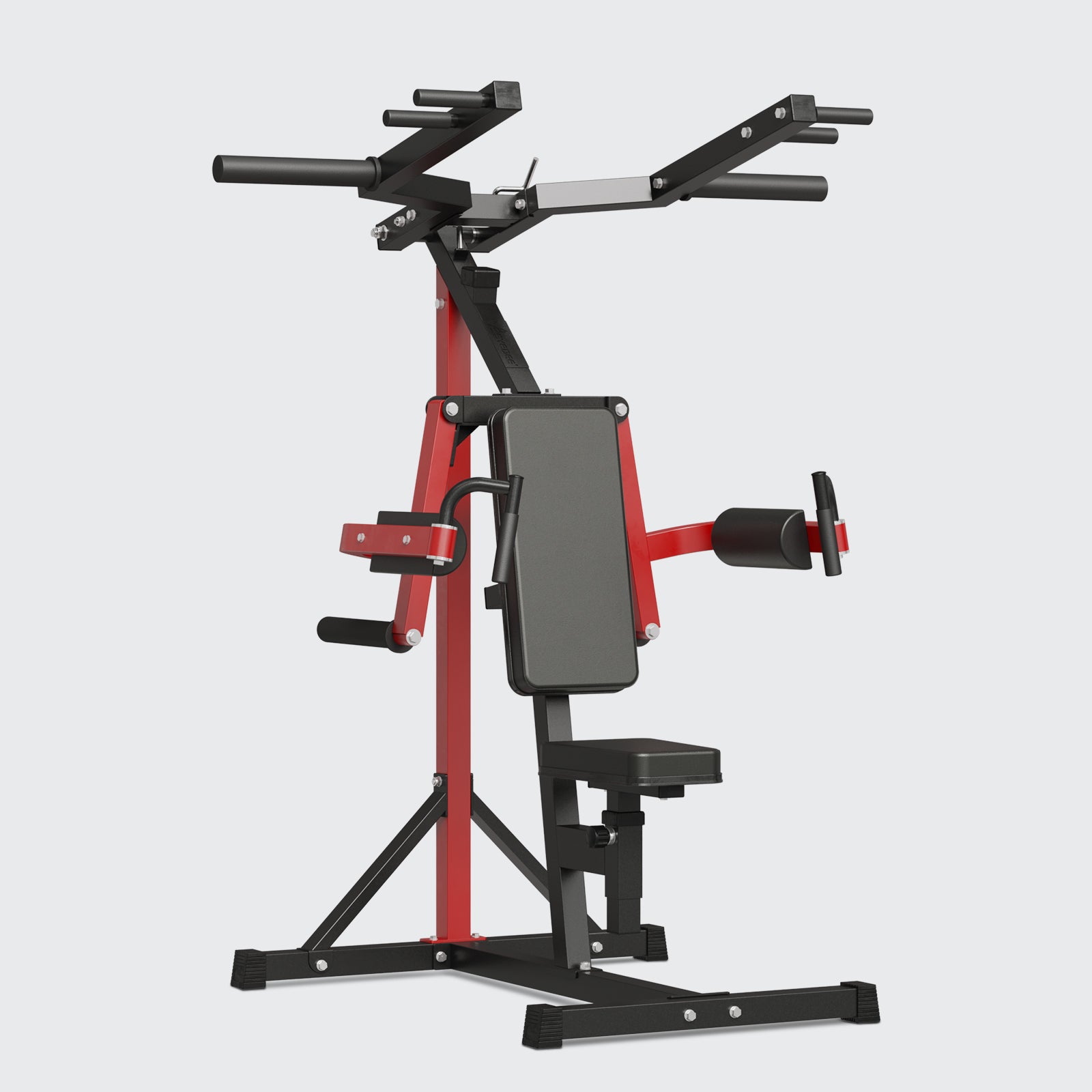
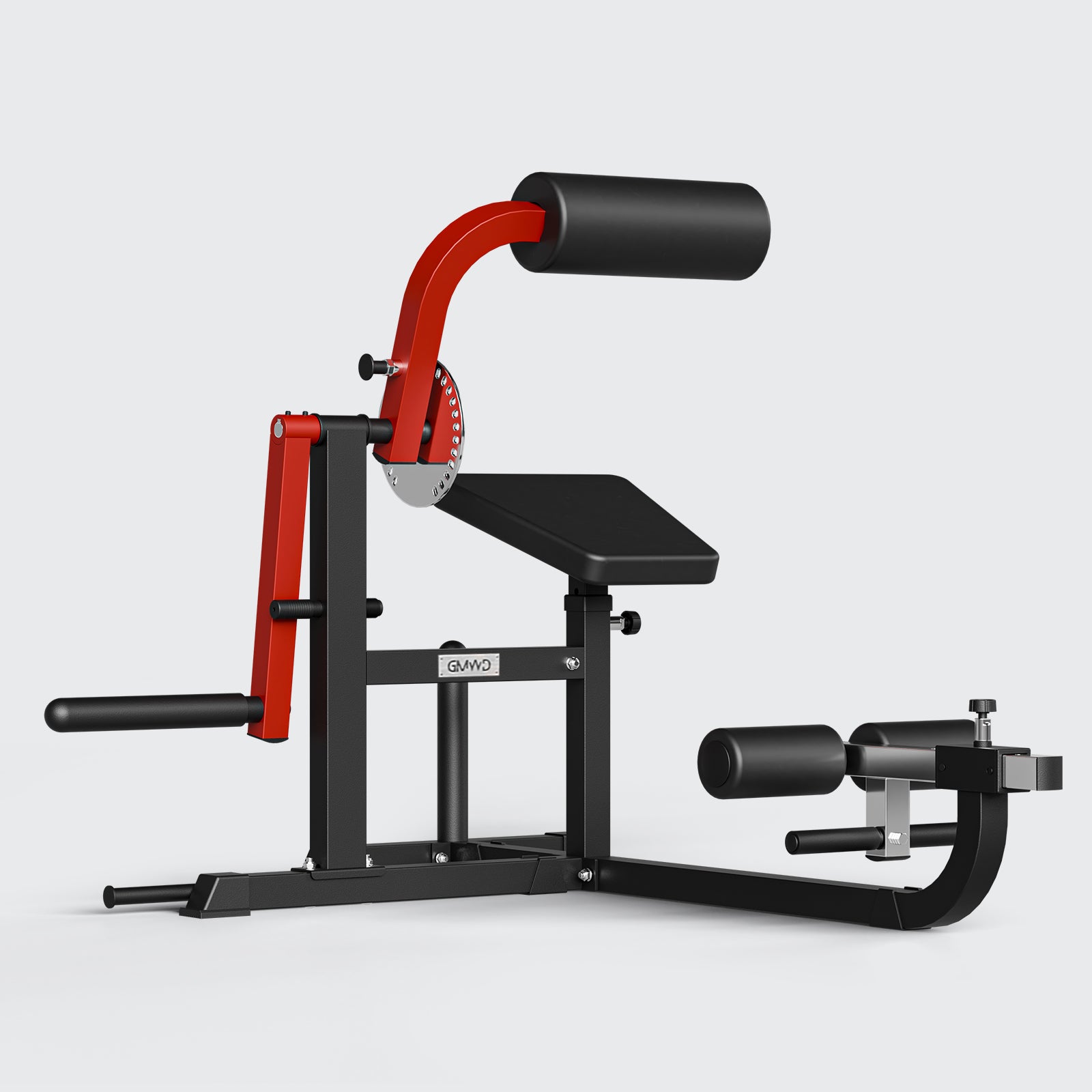
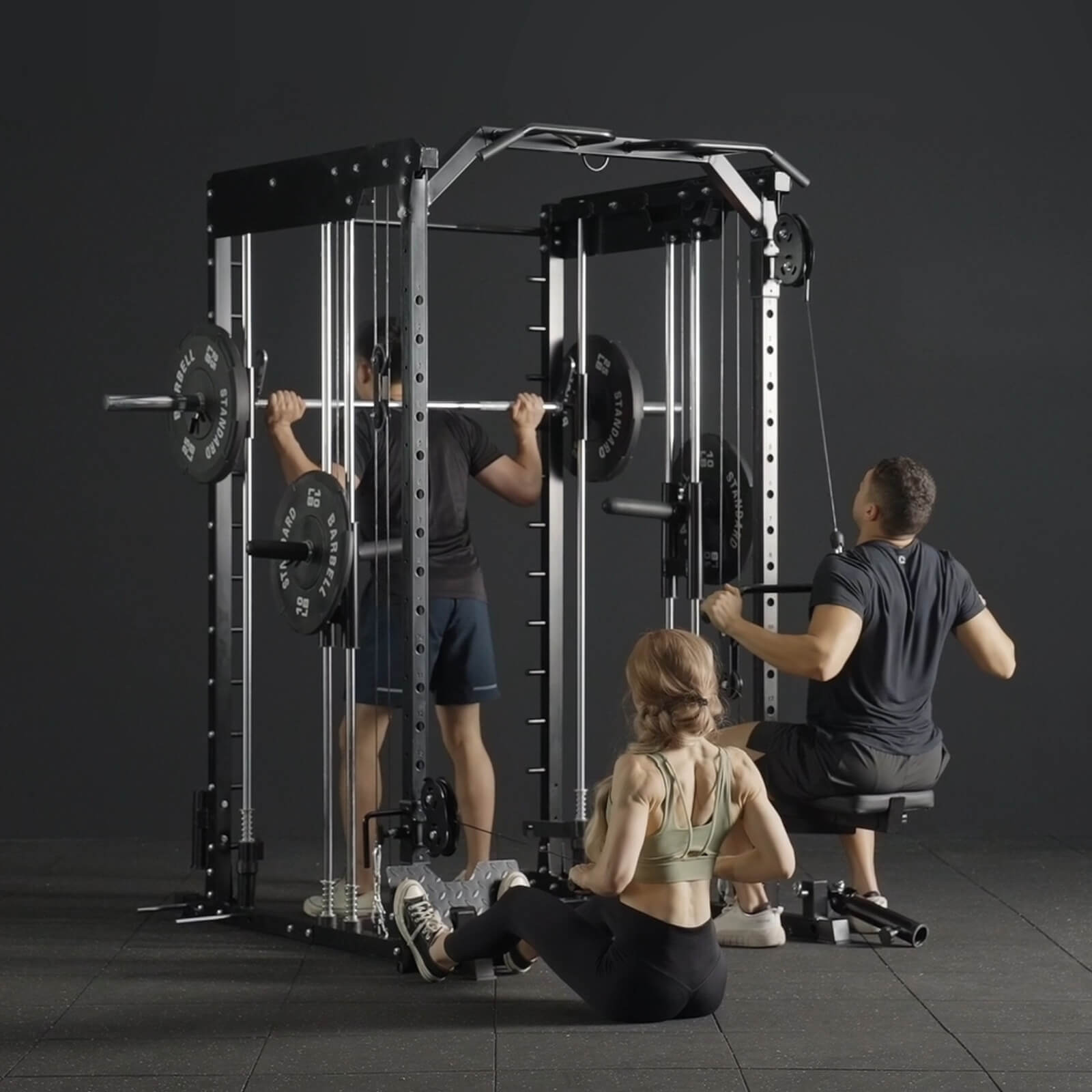
Leave a comment
All comments are moderated before being published.
This site is protected by hCaptcha and the hCaptcha Privacy Policy and Terms of Service apply.